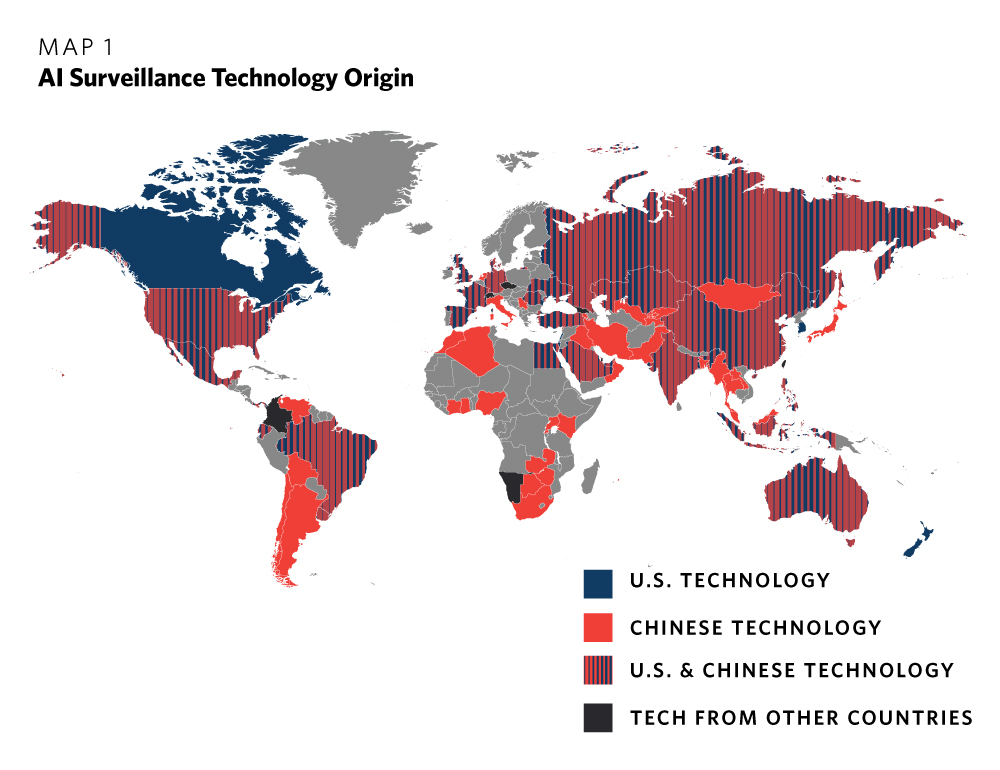Construction’s Tech Revolution: How AI is Changing the Game
The construction industry has long been associated with manual labor and traditional techniques. However, with the ongoing worker shortage and increasing demand for efficient building practices, construction companies are turning to artificial intelligence (AI) and other technologies to revolutionize the way they work.
According to Jim Barrett, chief innovation officer for Turner Construction, the nation’s largest building company, the industry is facing a chronic worker shortage. For every five construction workers that retire, only two new workers emerge to fill those openings. To fill this void, construction companies are leaning into high-tech solutions.
Drones and AI: The Future of Construction
Drones equipped with AI technology are being used to map out building projects and predict obstacles, keeping them on time and on budget. AI is also being used to train robots that transport and lay bricks at traditional job sites, as construction company owners and site managers seek new ways to make up for smaller workforces.
Drone technology is changing the way construction projects are planned and executed.
The ‘Cool Factor’ of Construction
The new tech is helping to engage a new generation of construction workers. Barrett says that technology helps to bring a modern twist to what many consider an “old-school” trade. “Cool and construction don’t always go in the same sentence,” Barrett told NewsNation. “(But) I think the cool factor is increasing very significantly.”
Remote Control: The Future of Heavy Machinery
Matt Magness, seated in a swivel desk chair inside an air-conditioned room at Caterpillar’s demonstration grounds in Edwards, Illinois, navigates a pair of controls that operate a multi-ton piece of construction equipment in Tinaja Hills, Arizona – 1,643 miles away. The technology, called Cat Command, allows one person to operate up to five pieces of equipment in multiple locations, as long as a reliable WiFi connection exists in each location.
Caterpillar’s Cat Command technology enables remote operation of heavy machinery.
Addressing the Labor Shortage
The construction industry has struggled to come back after the COVID-19 pandemic. About 383,000 jobs remain open as of April, according to the U.S. Bureau of Labor Statistics. Ken Simonson, the chief economist for The Associated General Contractors of America, told NewsNation that labor shortages have remained a chronic problem in construction for decades.
The Cost of Doing Business
The cost associated with implementing AI and other technology is a clear barrier to companies looking to update their systems, especially smaller companies. However, the willingness to invest in some level of technological advancement has become necessary in allowing companies to remain competitive for larger and more technical projects.
“Artificial intelligence will transform our industry more in the next 10 years than any other innovation has in the last 100 years,” Barrett said.
The introduction of new technologies is transforming the construction industry.


 Photo by
Photo by 












